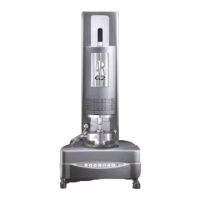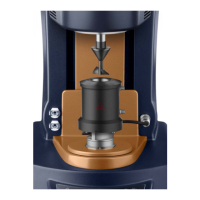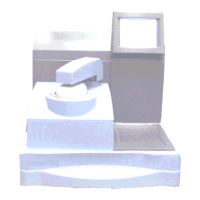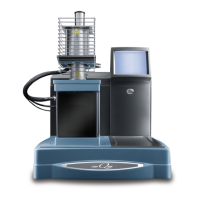ARES-G2 Getting Started Guide Page 39
Inspecting the System
When you receive your ARES-G2, look over the instrument and shipping container carefully for signs of
shipping damage, and check the parts received against the enclosed shipping list.
• If the instrument is damaged, notify the carrier and TA Instruments immediately.
• If the instrument is intact but parts are missing, contact TA Instruments.
Choosing a Location
It is important to choose a location for the instrument using the following guidelines. The ARES-G2
should be:
In
• A temperature- and humidity-controlled area. Temperatures should be in range of 20°C to 30°C.
• A clean, vibration-free environment, preferably on the ground floor in the building. It should be
located away from pumps, motors, or other devices which produce vibrations.
• An area with ample working and ventilation space.
• An area that allows at least six inches of clearance on all sides of the equipment, and that allows a min-
imum of eight inches from the open and closed positions of all heated environment control systems.
• An area that does not restrict airflow to cooling fans on the rear of the power control box, or the option
controllers.
On
• A stable work surface. A marble table is recommended. Isolation mounts on a standard lab bench are
not recommended.
Near
• A power outlet. An ARES-G2 without an oven, requires from 90 to 264 VAC/ 50 or 60Hz with a 15
amp outlet. Any unit with an oven requires 180 to 264 VAC / 50 or 60Hz with a 20 amp outlet.
• Your TA Instruments TRIOS controller.
• Compressed lab air and purge gas supplies with suitable regulators and filters.
Away from
• Dusty environments.
• Exposure to direct sunlight.
• Direct air drafts (fans, room air ducts).
• Poorly ventilated areas.
• Noisy or mechanical vibrations.
• High traffic areas, where constant movements from passing personnel could create air currents or
mechanical disturbances.

